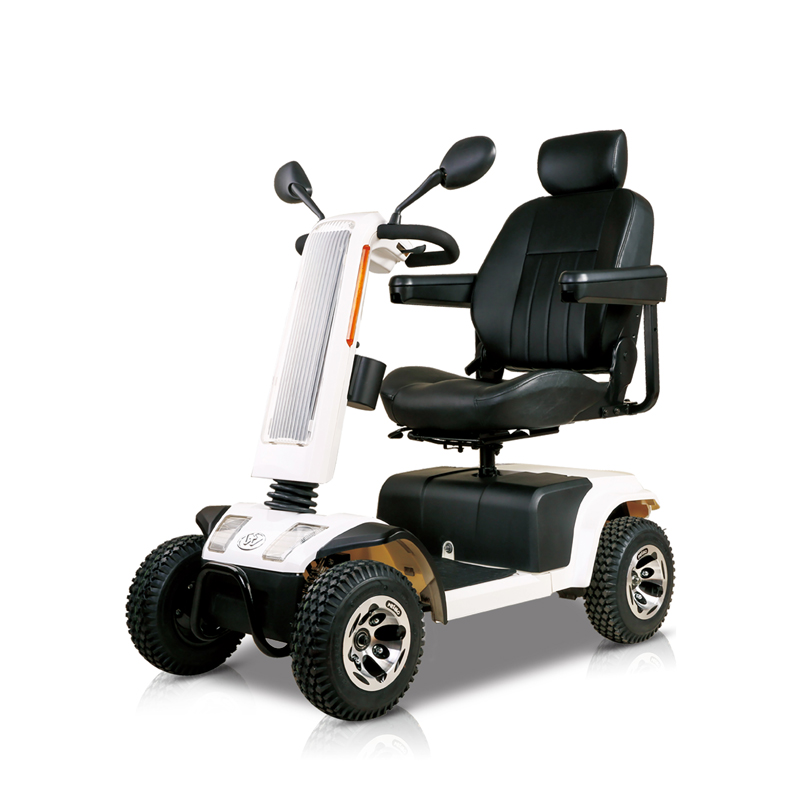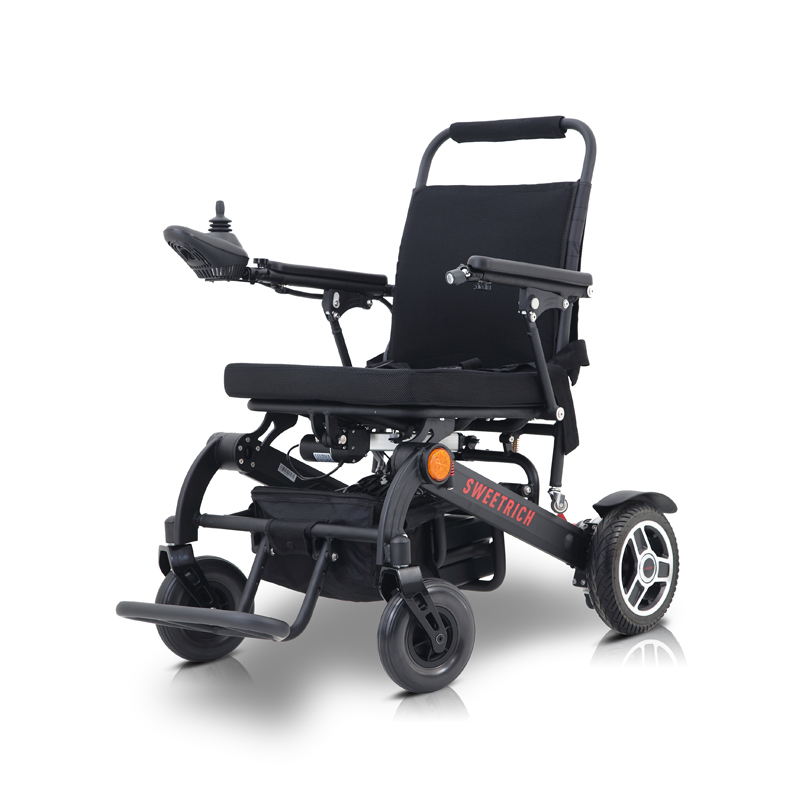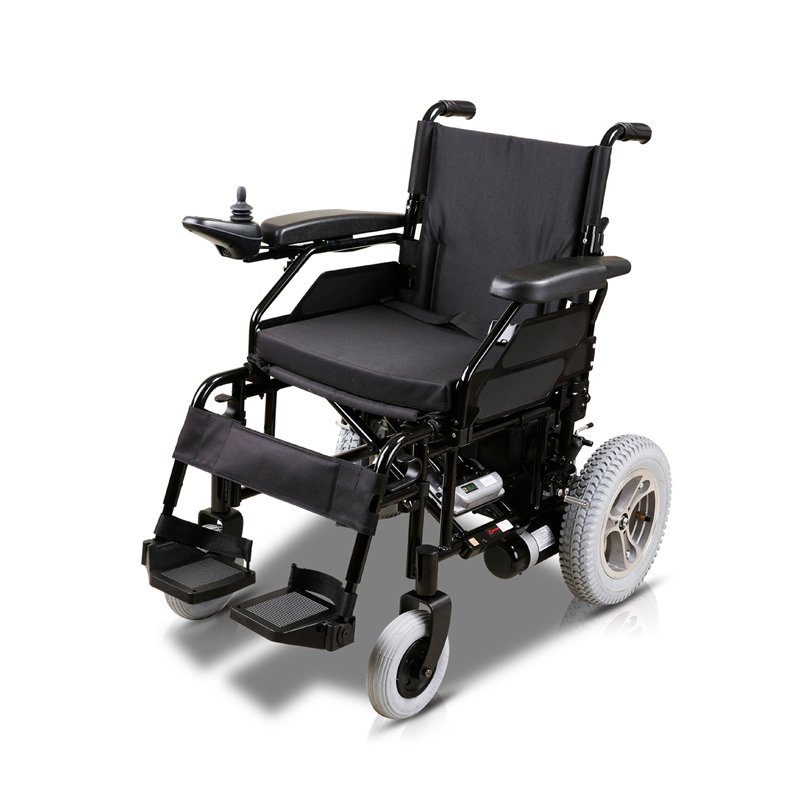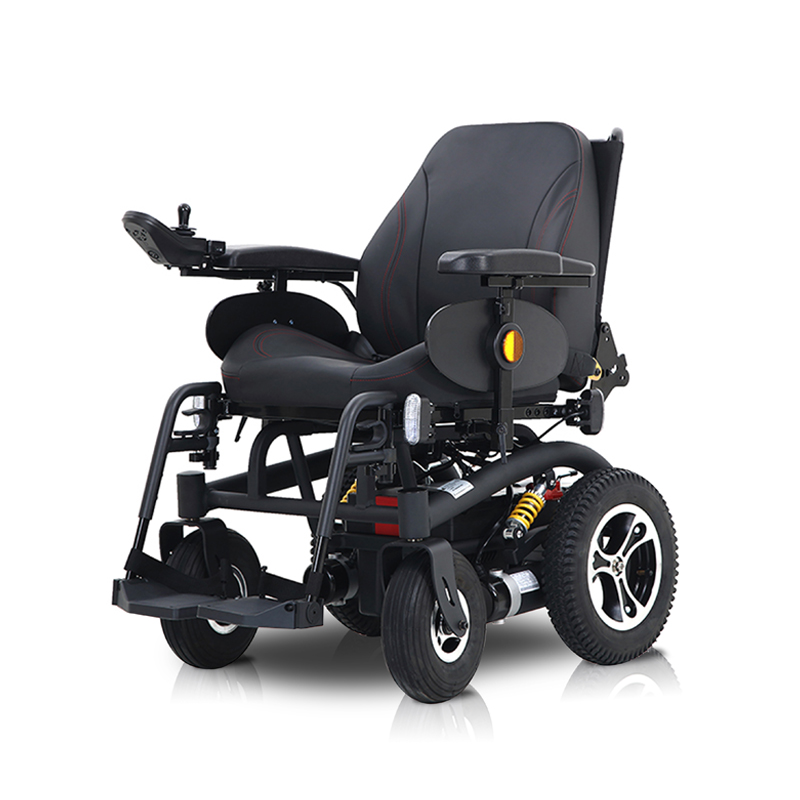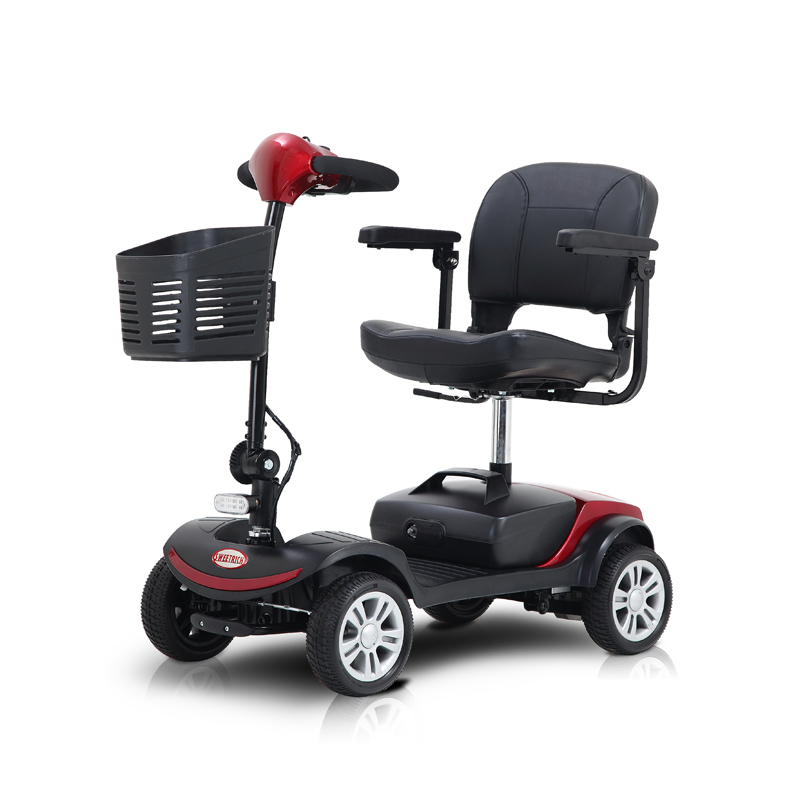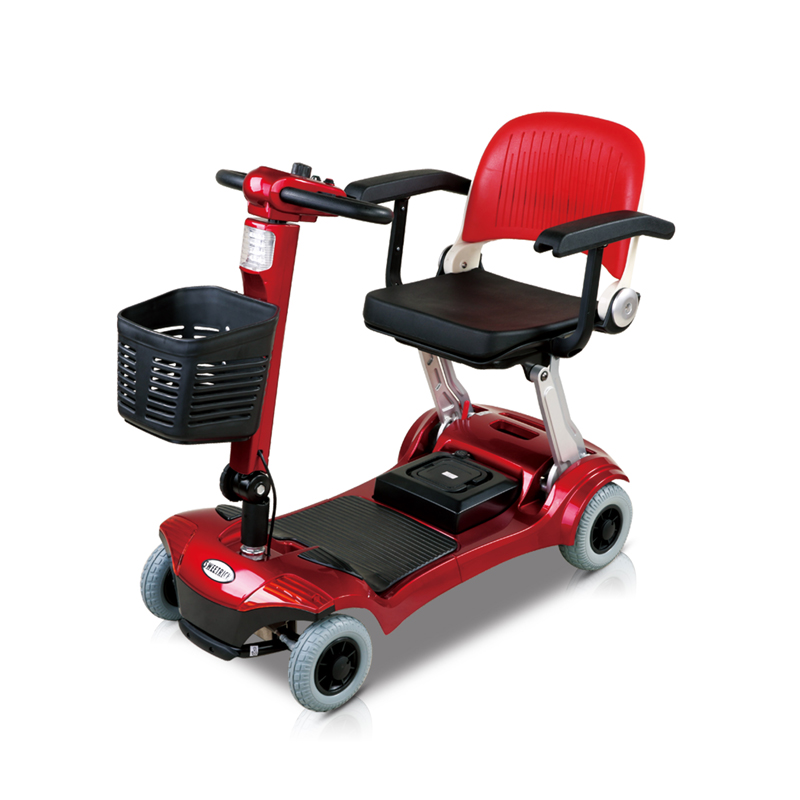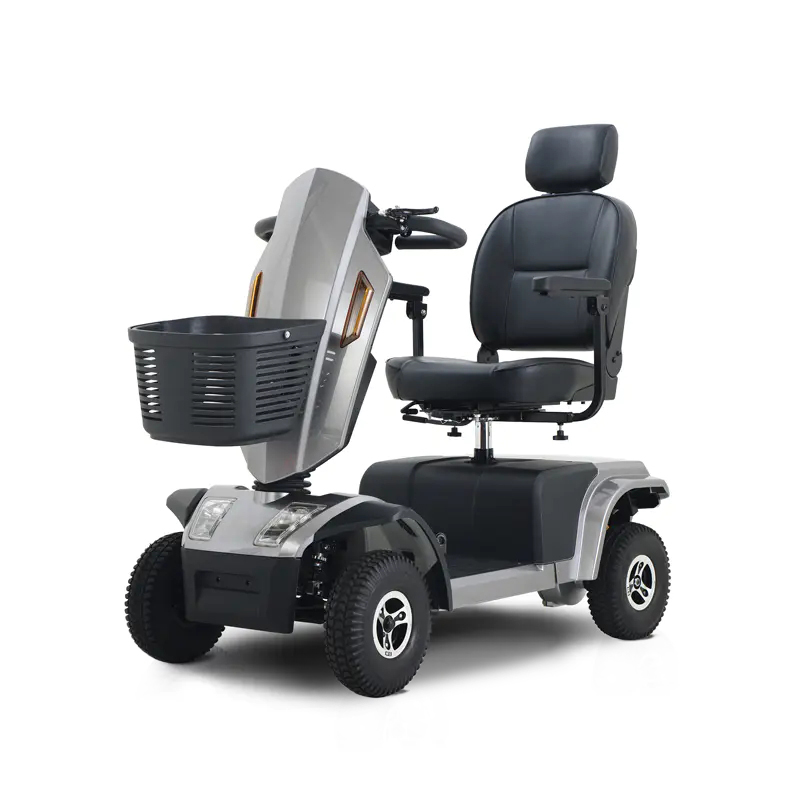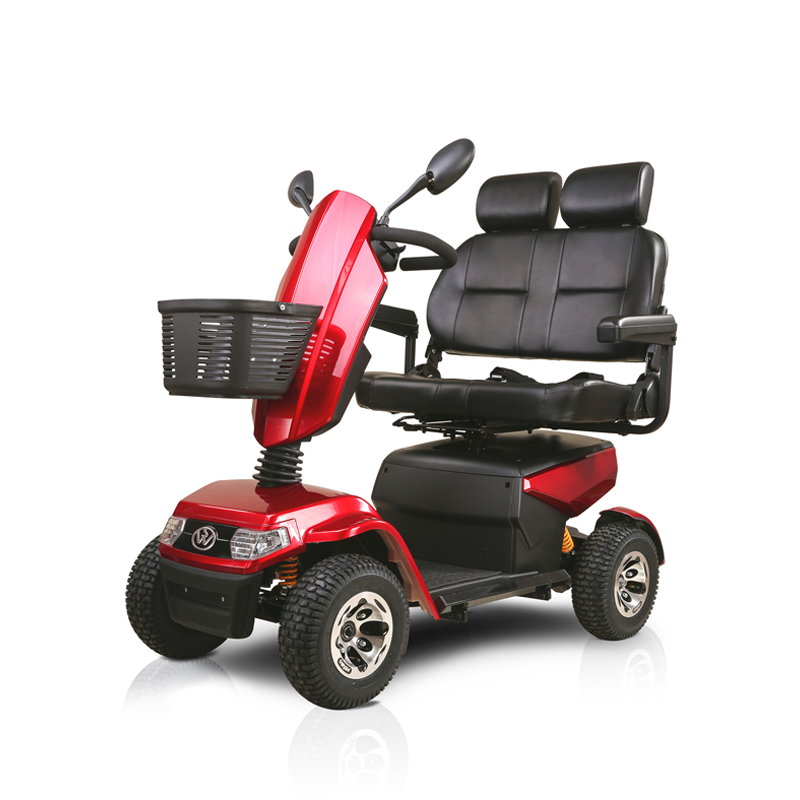1. Structural stability: the weight of the load, the basis of safety
The design of heavy duty mobility scooters for the elderly first considers the stability of the body structure. Mobility scooters for the elderly usually need to carry a heavier weight and possible additional items. Therefore, the body structure must have sufficient strength and rigidity to withstand a large load without deformation or overturning.
In order to achieve this goal, designers need to start with the body size and make careful designs. Wheelbase and track are key parameters in body size. A reasonable wheelbase can ensure the stability and maneuverability of the vehicle during driving, while an appropriate track can enhance the lateral stability of the vehicle and prevent overturning when turning or encountering crosswinds.
In addition to the design of body size, the selection of high-strength materials is also an important means to improve the stability of the body. High-strength materials can not only effectively resist deformation, but also protect the safety of passengers in the car in extreme situations such as collisions. Therefore, in the design of mobility scooters for the elderly, high-quality materials such as high-strength steel and aluminum alloys should be given priority.
2. Braking system: sensitive and reliable, a shield of safety
The braking system is another key to the safety of elderly mobility scooters. A sensitive and reliable braking system can respond quickly in an emergency to ensure the safety of the elderly.
For elderly mobility scooters, the design of the braking system needs to fully consider the physical characteristics and operating habits of the elderly. The position, height and strength of the brake pedal should be carefully adjusted to ensure that the elderly can step on it easily and avoid operating difficulties. In addition, the response speed, braking effect and wear of the braking system should also be strictly tested and monitored to ensure that it always maintains the best working condition.
In order to further improve the safety of the braking system, some advanced elderly mobility scooters are also equipped with advanced braking technologies such as ABS (anti-lock braking system) or EBS (electronic braking system). These technologies can effectively prevent wheel locking during emergency braking and improve the stability and braking effect of the vehicle.
3. Lighting and signals: eye-catching and clear, a light of safety
Driving safety at night or in low light conditions is also crucial for elderly mobility scooters. Therefore, the design of front and rear lighting facilities and turn signals must be eye-catching enough to improve the visibility of the vehicle.
The headlights should have sufficient brightness and illumination range to ensure that the elderly can clearly see the road conditions and obstacles ahead at night or in dim environments. At the same time, the taillights and turn signal lights should also have sufficient brightness and flashing frequency so that other road users can promptly detect and identify the elderly's driving intentions.
In addition, some advanced elderly mobility scooters are also equipped with auxiliary lighting facilities such as daytime running lights (DRL) and fog lights. These facilities can provide additional lighting and warning functions under different weather and lighting conditions, further improving driving safety.

